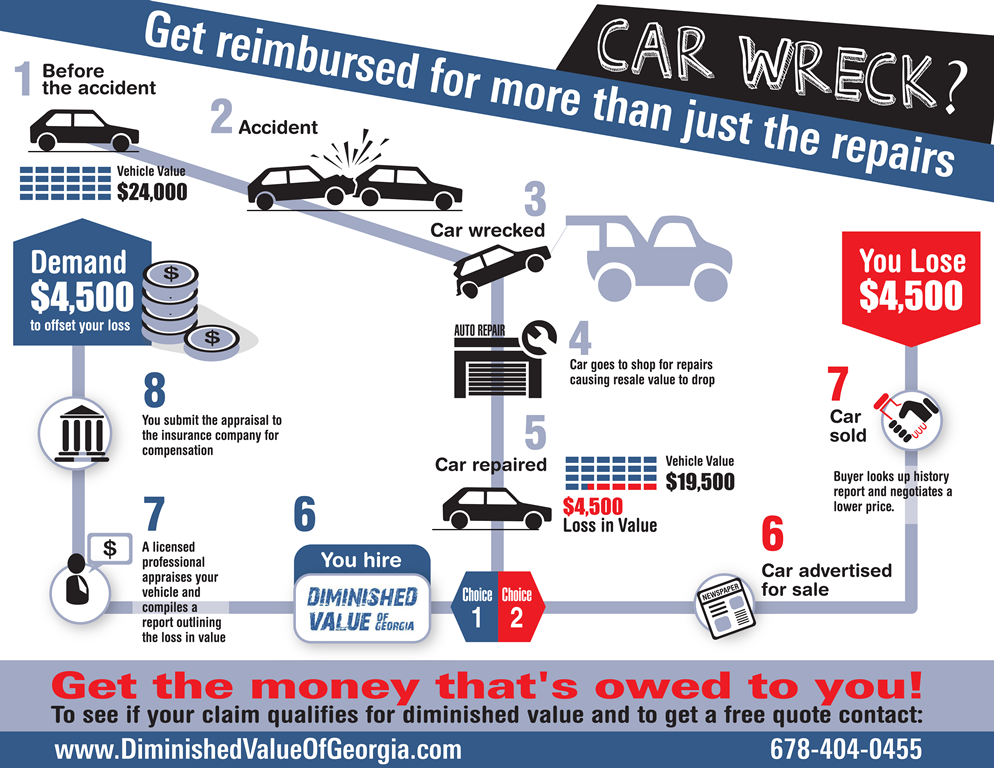Understanding The Meaning Behind Your Vehicle'S Warning Lighting: An In-Depth Appearance
Understanding The Meaning Behind Your Vehicle'S Warning Lighting: An In-Depth Appearance
Blog Article
direct detailing Written By-Samuelsen Forbes
When you're behind the wheel, those radiant warning lights on your dashboard can be a little bit difficult. Do you know what they're trying to inform you about your car's health and wellness? Recognizing the relevance of these lights is essential for your safety and the durability of your lorry. So, the following time one of those lights pops up, wouldn't you want to analyze its message properly and take the needed actions to resolve it?
Common Warning Lights and Interpretations
Recognize typical warning lights in your cars and truck and understand their meanings to make certain safe driving.
One of the most typical caution lights consist of the check engine light, which indicates concerns with the engine or emissions system. If this light comes on, it's essential to have your car examined promptly.
The oil stress alerting light indicates reduced oil pressure, needing prompt interest to avoid engine damages.
A blinking battery light may suggest a defective billing system, potentially leaving you stranded otherwise resolved.
The tire pressure surveillance system (TPMS) light informs you to reduced tire stress, influencing lorry security and fuel performance. Disregarding this might bring about dangerous driving problems.
The abdominal light indicates an issue with the anti-lock stopping system, endangering your capability to stop rapidly in emergency situations.
Lastly, the coolant temperature level alerting light warns of engine getting too hot, which can cause extreme damage otherwise fixed quickly.
Understanding these typical caution lights will help you resolve problems without delay and preserve safe driving problems.
Relevance of Prompt Interest
Understanding the usual warning lights in your auto is just the first step; the significance of immediately addressing these warnings can't be stressed enough to guarantee your safety and security when traveling.
When car detailing mold removal brightens on your dashboard, it's your car's way of interacting a potential problem that requires attention. Disregarding these warnings can result in extra severe issues later on, compromising your safety and security and possibly costing you a lot more out of commission.
Motivate attention to alerting lights can prevent breakdowns and mishaps. As an example, a blinking check engine light could suggest a misfire that, if left ignored, might trigger damage to the catalytic converter. Addressing this quickly can save you from a pricey fixing.
In a similar way, a brake system cautioning light might signify reduced brake liquid or used brake pads, important elements for your safety and security when driving.
Do It Yourself Troubleshooting Tips
If you observe a caution light on your dashboard, there are a few do it yourself fixing suggestions you can attempt before looking for professional aid.
The initial step is to consult your auto's manual to comprehend what the specific caution light indicates. Occasionally the concern can be as basic as a loose gas cap causing the check engine light. Tightening the gas cap may settle the issue.
Another typical problem is a low battery, which can activate numerous advising lights. Examining the battery links for deterioration and guaranteeing they're safe and secure may take care of the problem.
If a caution light persists, you can attempt resetting it by detaching the auto's battery for a few minutes and then reconnecting it. Furthermore, examining your lorry's liquid levels, such as oil, coolant, and brake fluid, can aid repair cautioning lights connected to these systems.
Final thought
Finally, comprehending your car's warning lights is crucial for maintaining your car running efficiently and safely. By immediately resolving these signals and knowing what they indicate, you can avoid costly fixings and prospective malfunctions.
Remember to consult your cars and truck's guidebook for certain information on each alerting light and take action appropriately to ensure a hassle-free driving experience.
Remain notified, stay safe when traveling!
